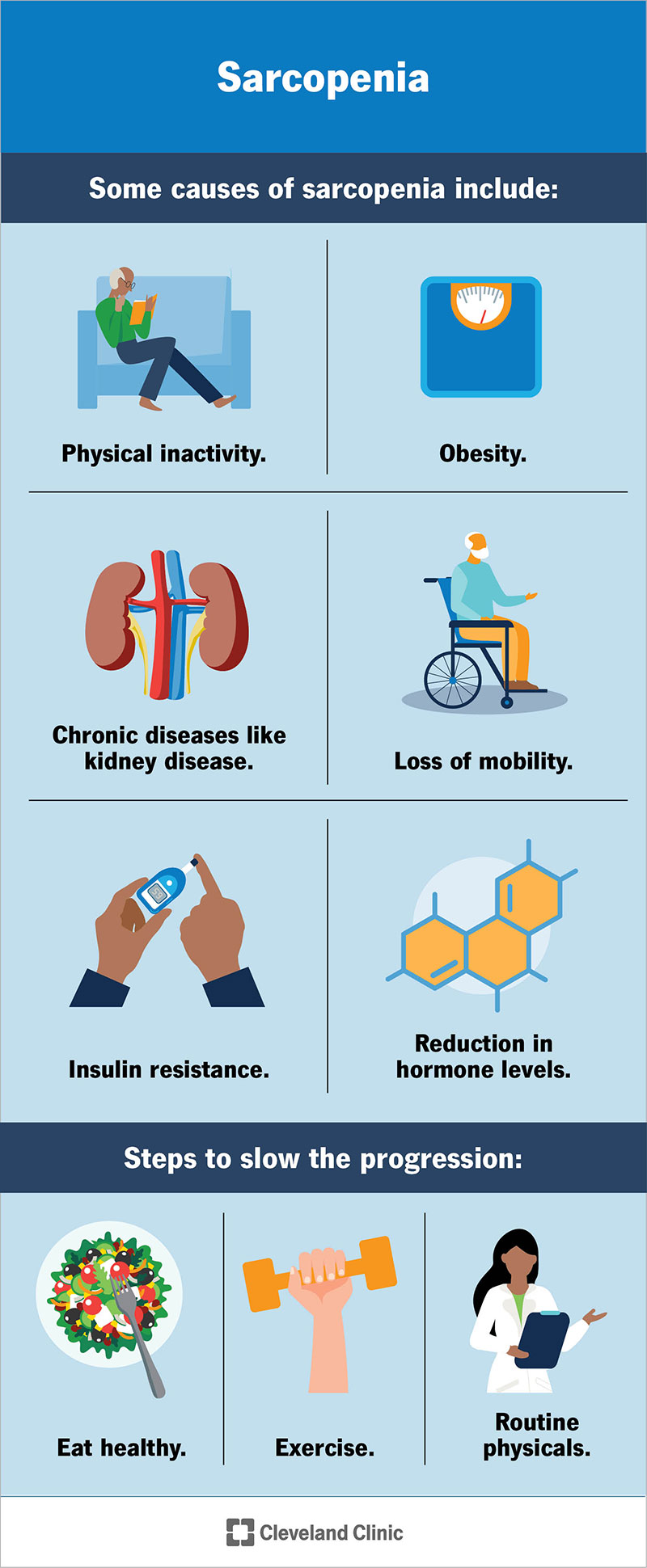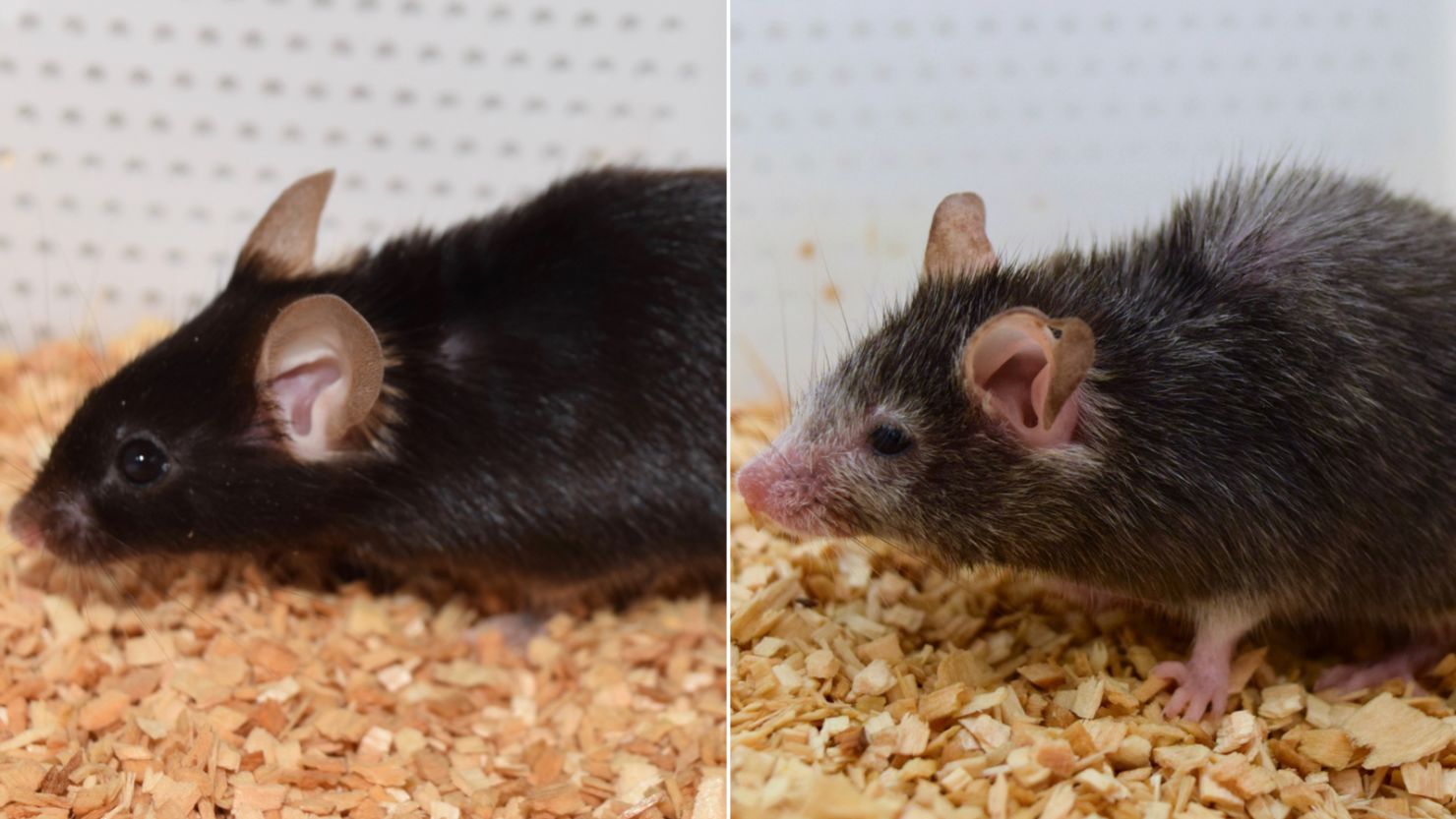Scientists have identified a protein, NANOG, that has the ability to reverse muscle loss and aging. NANOG has been found to increase the number of muscle stem cells in mice with premature aging, indicating its potential for reversing cellular aging without the need to revert cells back to an embryonic state.
This groundbreaking research offers a promising avenue for combating the effects of muscle loss and aging in humans.

Credit: www.cbc.ca
The Discovery Of The Protein
Scientists have identified a protein, NANOG, that has the potential to reverse muscle loss and aging. This groundbreaking discovery highlights the possibility of reversing cellular aging within the body without the need to revert cells to an embryonic pluripotent state.
Identification Of The Protein Nanog
Scientists have made a groundbreaking discovery in the field of muscle loss and aging – the identification of a protein called NANOG. NANOG has shown promising potential in reversing cellular aging and muscle loss, offering hope for the development of effective anti-aging therapies.
NANOG was first identified by a research team that aimed to uncover proteins that play a crucial role in cellular aging. Their study involved analyzing the genetic material of aging mice and comparing it to that of healthy, young mice. Through this process, they found that NANOG levels were significantly lower in aging mice, suggesting its importance in the aging process.
Role Of Nanog In Reversing Cellular Aging
Further investigation into the role of NANOG revealed its ability to reverse cellular aging. NANOG acts as a key regulator of cellular function, controlling the expression of genes involved in various biological processes.
One of the most notable findings was the impact of NANOG on muscle stem cells. Significantly, NANOG elevated the count of muscle stem cells in the muscle tissue of mice showing premature aging. This showcased the potential for reversing cellular aging within the body, eliminating the necessity to revert cells to an embryonic pluripotent state. The ability of NANOG to replenish muscle stem cells suggests its crucial role in combating muscle loss associated with aging.
Experimental Evidence In Mice
Experimental studies in mice have provided compelling evidence supporting the role of NANOG in reversing cellular aging. Researchers conducted experiments where NANOG was introduced into aging mice, and the effects were observed. The results showed that the introduction of NANOG led to a remarkable reversal of cellular aging in various tissues, including skeletal muscle.
This experimental evidence highlights the potential of NANOG as a therapeutic target for combating muscle loss and aging. Although further research is needed to fully understand the mechanisms behind its effects, this initial discovery paves the way for future studies and the development of novel anti-aging interventions.

Credit: my.clevelandclinic.org
Implications And Potential Applications
Scientists have identified a protein that has the potential to reverse muscle loss and aging. This groundbreaking research showcases the possibility of reversing cellular aging within the body and eliminating the need for cells to revert back to an embryonic pluripotent state.
Scientists have recently made a groundbreaking discovery that could have significant implications for human health and aging. They have identified a protein called NANOG that has the potential to reverse muscle loss and slow down the aging process. This protein shows promise for various human applications, including the treatment of muscle injuries and wasting diseases, as well as its potential longevity implications and anti-aging effects. Let’s explore each of these potential applications in detail.
Potential For Human Applications
The discovery of the protein NANOG and its ability to reverse muscle loss and aging opens up a world of possibilities for potential human applications. This protein could revolutionize the field of regenerative medicine by providing a targeted and effective treatment for muscle injuries and wasting diseases such as muscular dystrophy or sarcopenia. By activating muscle stem cells and rejuvenating aging muscle tissue, NANOG holds the potential to restore strength and mobility to individuals suffering from these conditions.
Use Of Nanog In Treating Muscle Injuries And Wasting Diseases
One of the most promising applications of the protein NANOG is in the treatment of muscle injuries and wasting diseases. By enhancing the count of muscle stem cells in the affected muscle tissue, NANOG can promote tissue repair and regeneration. This could significantly improve the recovery process for individuals with muscle injuries, allowing them to regain full functioning and mobility at a faster rate.
Additionally, NANOG’s ability to reverse muscle aging provides hope for individuals suffering from wasting diseases, where muscle mass naturally diminishes over time. By activating the muscle stem cells and rejuvenating the aging muscle tissue, NANOG could potentially slow down the progression of these diseases and improve the overall quality of life for affected individuals.
Longevity Implications And Anti-aging Effects
Besides its potential applications in treating muscle injuries and wasting diseases, the discovery of the protein NANOG also carries implications for longevity and anti-aging research. The ability to reverse cellular aging within the body without reverting cells to an embryonic pluripotent state is a significant breakthrough.
If further research confirms the anti-aging effects of NANOG, it could pave the way for new interventions and therapies aimed at slowing down the aging process and extending human lifespan. This could have far-reaching implications for improving the health and well-being of the aging population and potentially addressing age-related diseases.
In conclusion, the identification of the protein NANOG as a potential treatment for reversing muscle loss and aging brings exciting possibilities for human health and longevity. Its applications in treating muscle injuries and wasting diseases, along with its potential anti-aging effects, open doors for further research and advancements in regenerative medicine and aging-related studies.

Credit: www.cnn.com
Frequently Asked Questions Of Scientists Identify Protein That Can Reverse Muscle Loss And Aging
What Protein Did Scientists Discover That Can Reverse Muscle Aging?
Scientists have discovered a protein called NANOG that can reverse muscle aging by elevating the count of muscle stem cells. This groundbreaking research eliminates the need to revert cells to an embryonic state for reversing cellular aging.
What Protein Reverses Aging?
Scientists have discovered a protein, NANOG, that can reverse muscle aging. It increases muscle stem cells, eliminating the need to revert cells to an embryonic pluripotent state. This groundbreaking research shows the potential for reversing cellular aging in the body.
Have Scientists Figured Out How To Reverse Aging?
Scientists have identified a protein, called NANOG, that can reverse muscle aging by increasing muscle stem cells. This discovery shows the potential for reversing cellular aging without reverting cells to an embryonic state.
What Is The Most Important Protein To Slow Down Aging?
The most important protein to slow down aging is NANOG. Studies have shown that elevated levels of NANOG can reverse cellular aging and increase the count of muscle stem cells, potentially slowing down the aging process.
Conclusion
In a groundbreaking discovery, scientists have identified a protein that has the potential to reverse muscle loss and aging. Through their research, they found that the protein NANOG elevated the count of muscle stem cells, showcasing its ability to reverse cellular aging within the body.
This groundbreaking finding opens up new possibilities for combating muscle loss and could potentially lead to advancements in anti-aging treatments. The identification of this protein brings hope for a future where age-related muscle decline can be effectively reversed.

